Hello and welcome!
Last week, I spoke about my trip to Spain to receive an honorary degree from the Pontifical University of Salamanca. Well, the actual ceremony was last Friday.
Everyone at the university was very welcoming and gracious. The Grand Chancellor is Bishop of Salamanca José Luis Retana Gozalo and now there is a priest as the Rector Magnifico, Father Santiago García-Jalón de la Lama.
The conferral ceremony is very ancient, so everything was in Latin, as was typical of medieval universities. There were many heads of other universities there, along with a number of cardinals, bishops and civil and military officials.
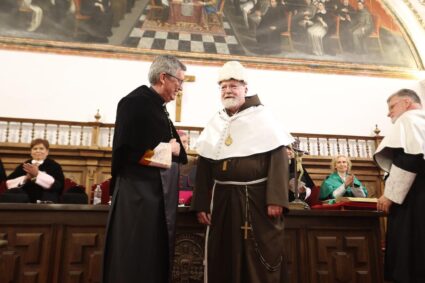
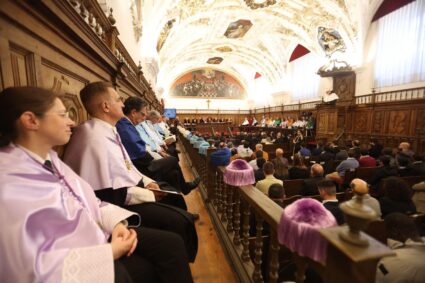
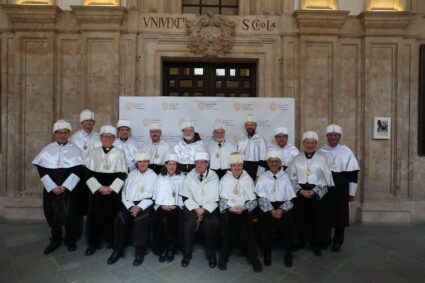
At the end, the choir sang “Gaudeamus igitur,” the song traditionally played at European graduations.
As is typical at these types of ceremonies, I was asked to make an address. I spoke on the theme of immigration, and particularly the Magisterium of Pope Francis around immigration. I also shared with them some of my own experiences.
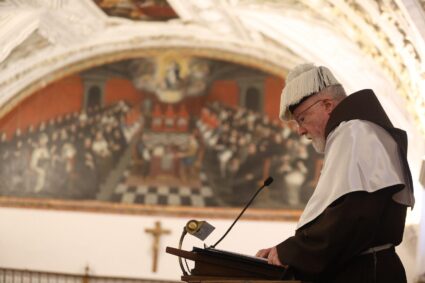
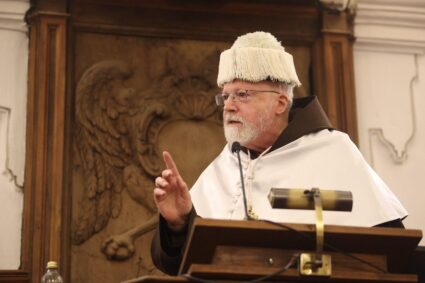
After the ceremony, there was a nice lunch. Then we drove back to Madrid, which is about a two hour drive away. I was staying with the Capuchin friars at the Basilica of Jesús de Medinaceli, which is in the center of Madrid. The church was built by the Duke of Medinaceli, who brought the statue from Morocco. It’s probably one of the larger shrines in Madrid, and the Capuchins have been there for many centuries.
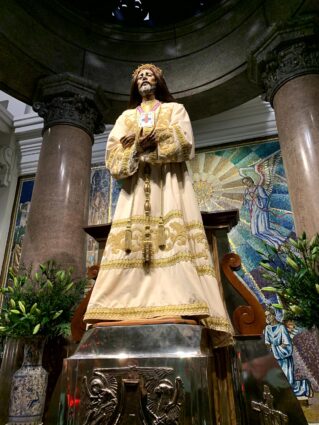
It very much struck me when I arrived and saw the lines of people winding around the block waiting to go into the church to venerate the statue on Fridays.
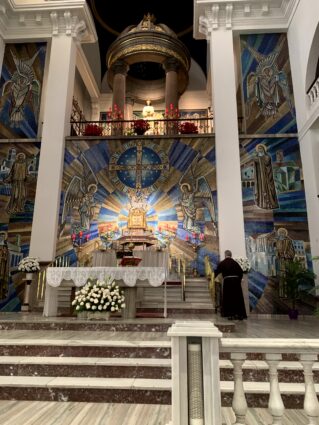
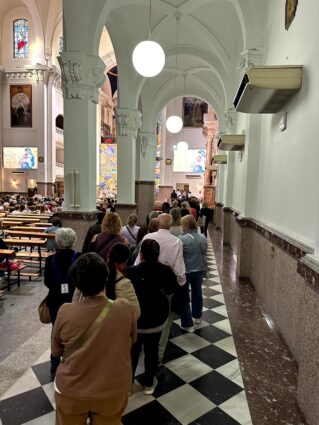
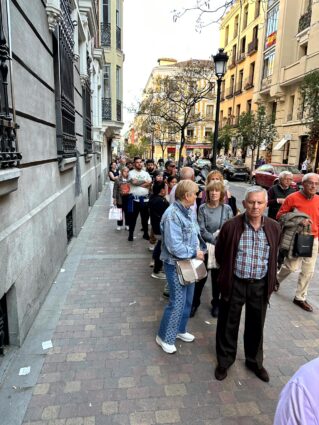
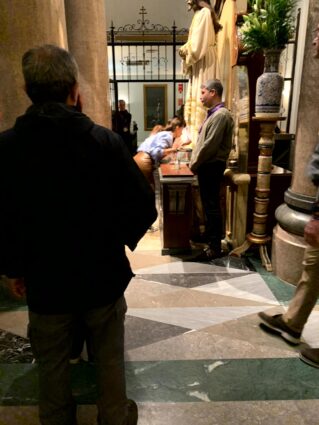
They had 11 masses and hours of confessions, and literally thousands of people lined up from 6 a.m. to 10 p.m. to venerate the statue. They asked me to give the last blessing at 10 p.m. as it was ending.
The friars were telling me that they have a fraternity of 2,000 men who are there every Friday to receive pilgrims and they are also the ones who carry the statue on Good Friday. It takes 200 men at a time to carry the statue because it weighs so much.
We have this image of Spain being so secularized, but to see the devotion of the people was very encouraging.
I saw another example of that as we walked over to The Almudena Cathedral.
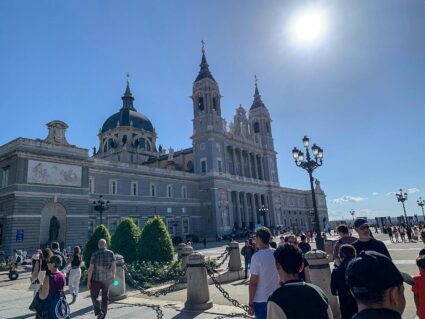
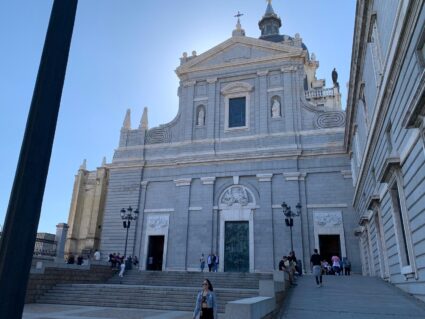
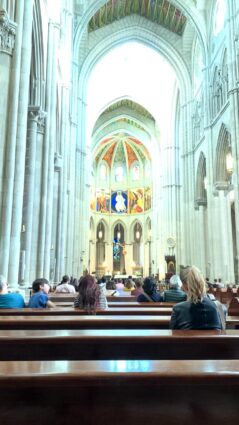

On the way, we went by a parish that was organizing a procession for Nuestra Señora de la Cabeza, and there were thousands of people gathered for the procession. It was just amazing.
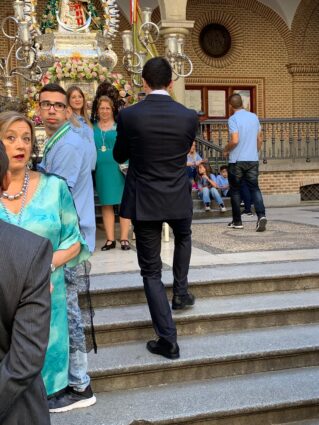
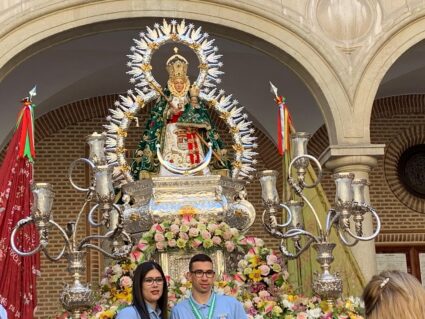
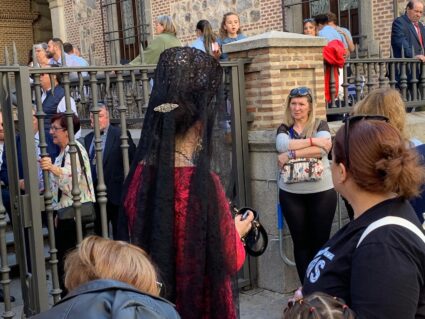
On Saturday, I celebrated the ordination of Capuchin Father Ignacio Moreno at the Church of Nuestra Señora de los Ángeles de El Pardo.
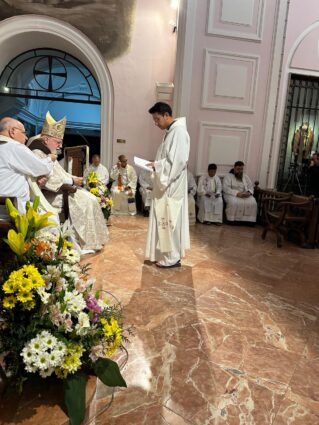
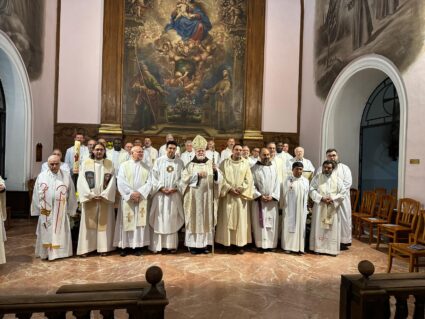
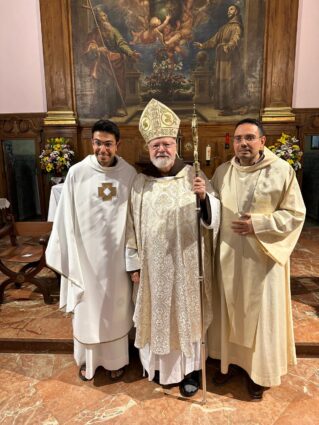
Father Nacho with his brother Javier, who was ordained last year
It was wonderful staying with the friars there and getting to know them. That province has had missionaries in Venezuela, Ecuador, Chile and the Philippines. So, many of the priests living at Jesús Medinaceli had been missionaries in those places.
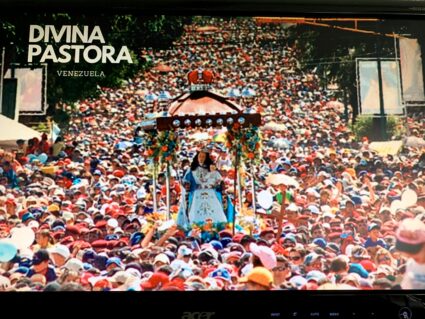
Six of the Capuchins who were martyred during the Spanish Civil War are buried in the crypt.
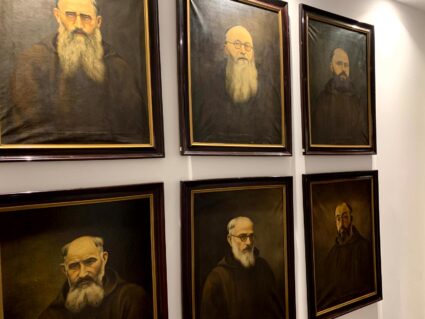
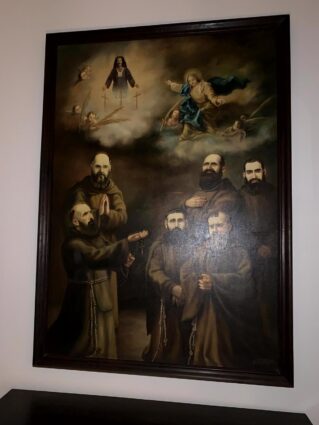
I also visited Los Jerónimos, which was a block away. Los Jerónimos is a very important church in the history of Spain, and for many years served as the chapel of the royal court.

On Monday, the nuncio organized a dinner in my honor, with many bishops in attendance. We were also very happy to be joined by Mario Paredes and Supreme Knight Patrick Kelly and his wife Vanessa, who were in Spain.
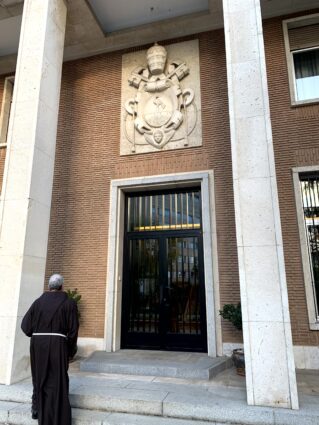
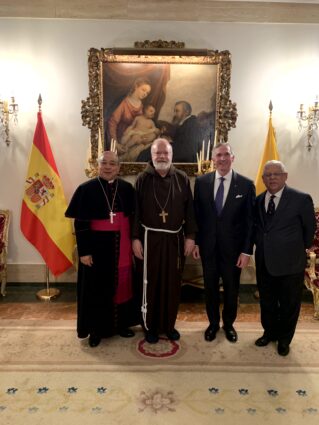
I returned to Boston on Tuesday, and on Wednesday, I was very happy to join about 400 people attending the Living the Dream Dinner to support the Sisters of St. Joseph of Boston.
It was a lovely evening during which they honored the Brett family.
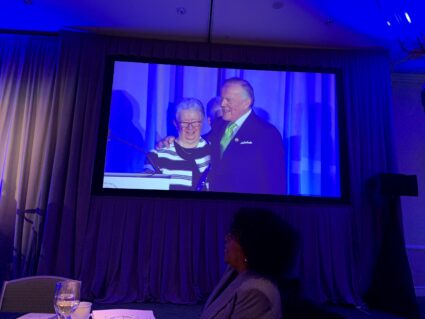
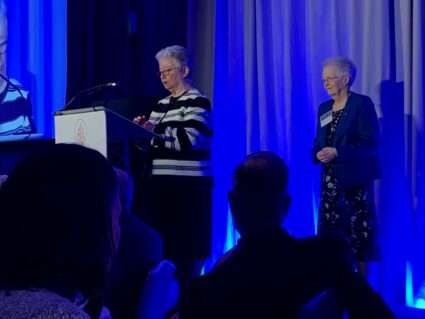

Thursday, we had our Spring Presbyteral Convocation, at which we gather with the priests of the archdiocese for a day of fraternity and reflection.
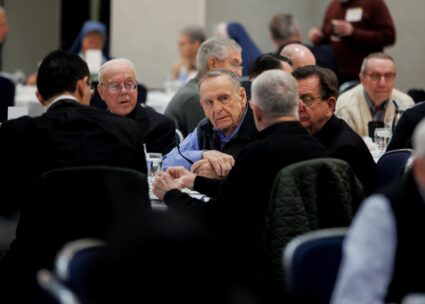
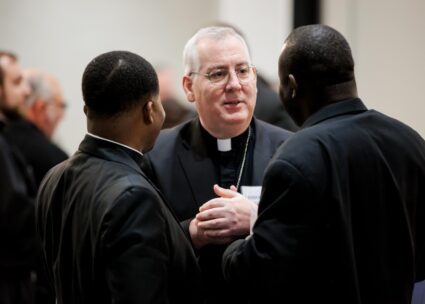
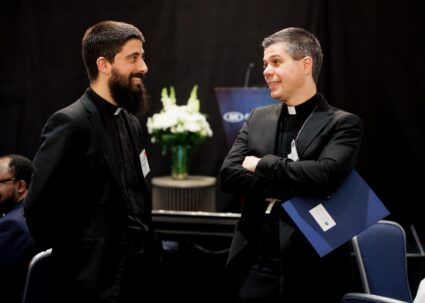
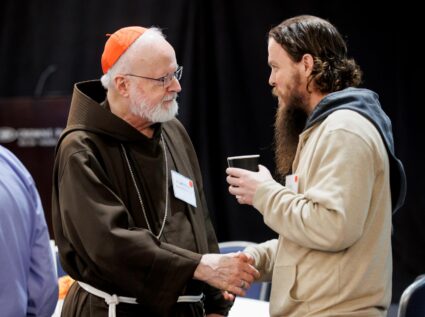
Our speaker this year was Dan Cellucci, CEO of the Catholic Leadership Institute. Dan and CLI have worked very closely with the archdiocese on several important initiatives over the years.
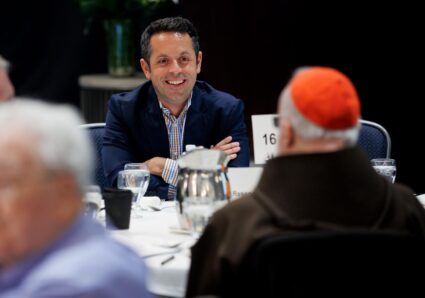
He spoke to us about millennials’ views on the parish and Church and facilitated table discussions on leadership in the archdiocese.

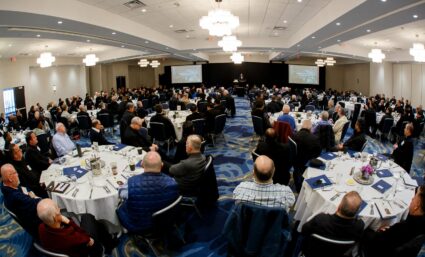
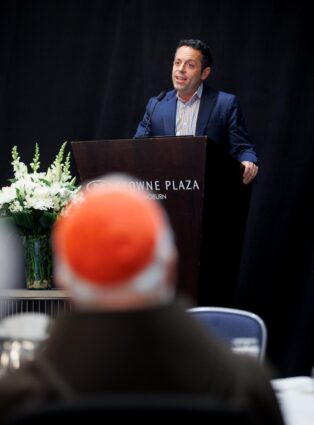
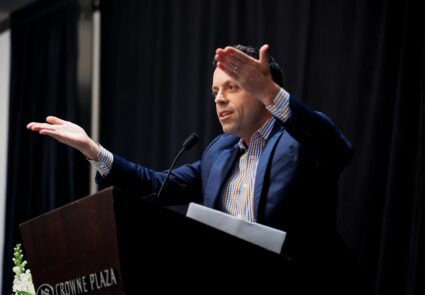
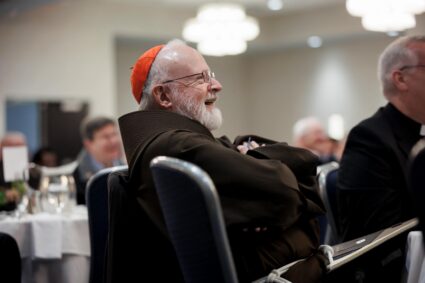

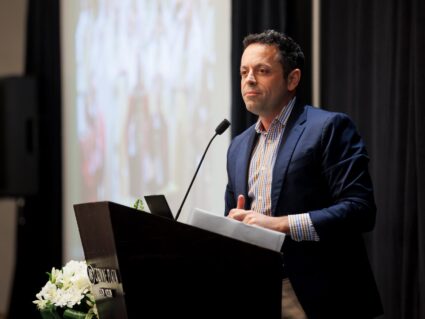
Since this is likely the last large gathering of the Boston presbyterate before my 80th birthday in June, the priests, represented by Father Michael Nolan and Msgr. John McLaughlin, surprised me with an early birthday gift.
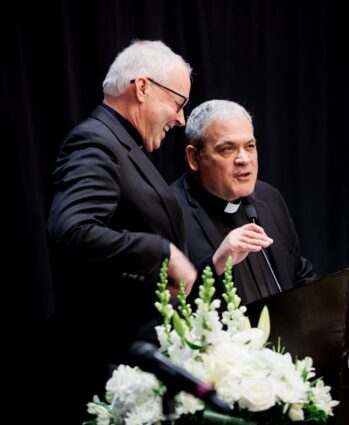
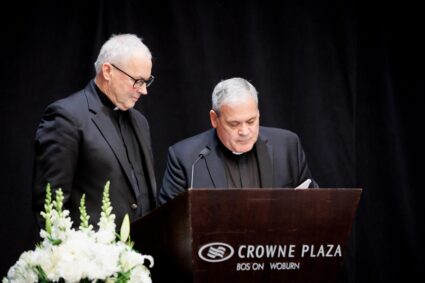
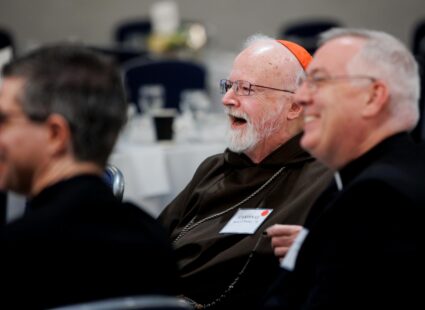
They collected over $215,000 amongst themselves to create a scholarship fund in my name that will support men attending seminary for the Archdiocese of Boston, and they announced the amount had been matched by an anonymous donor.
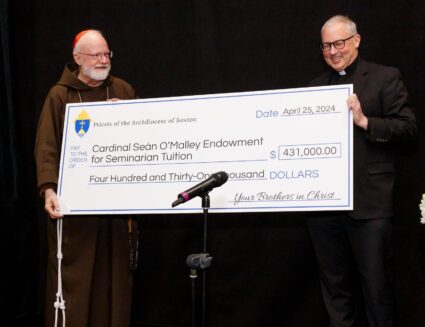
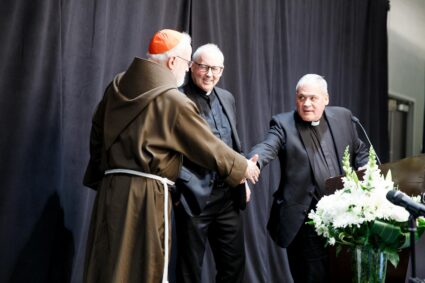
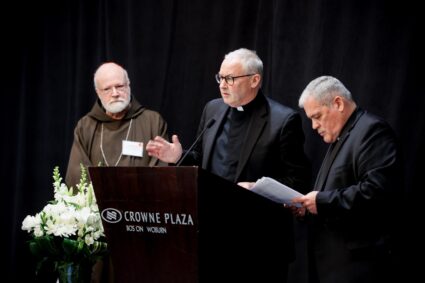
I had no idea it was coming, and I was just blown away.
In my remarks afterward, I told the priests how grateful I was for this moving gesture and how proud I was to have served as their archbishop for these past 20 years.
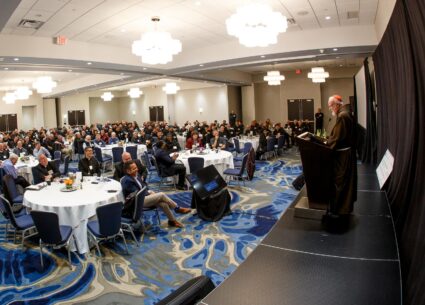
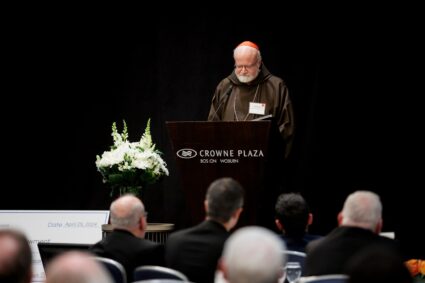
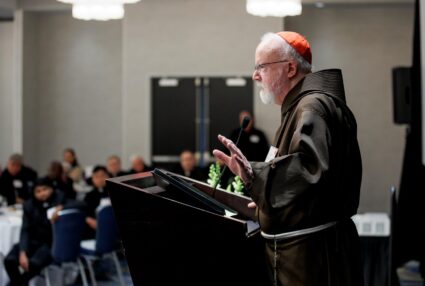
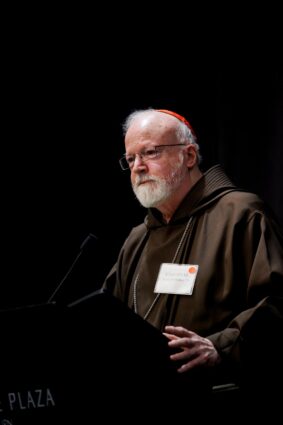
Until next week,
Cardinal Seán
